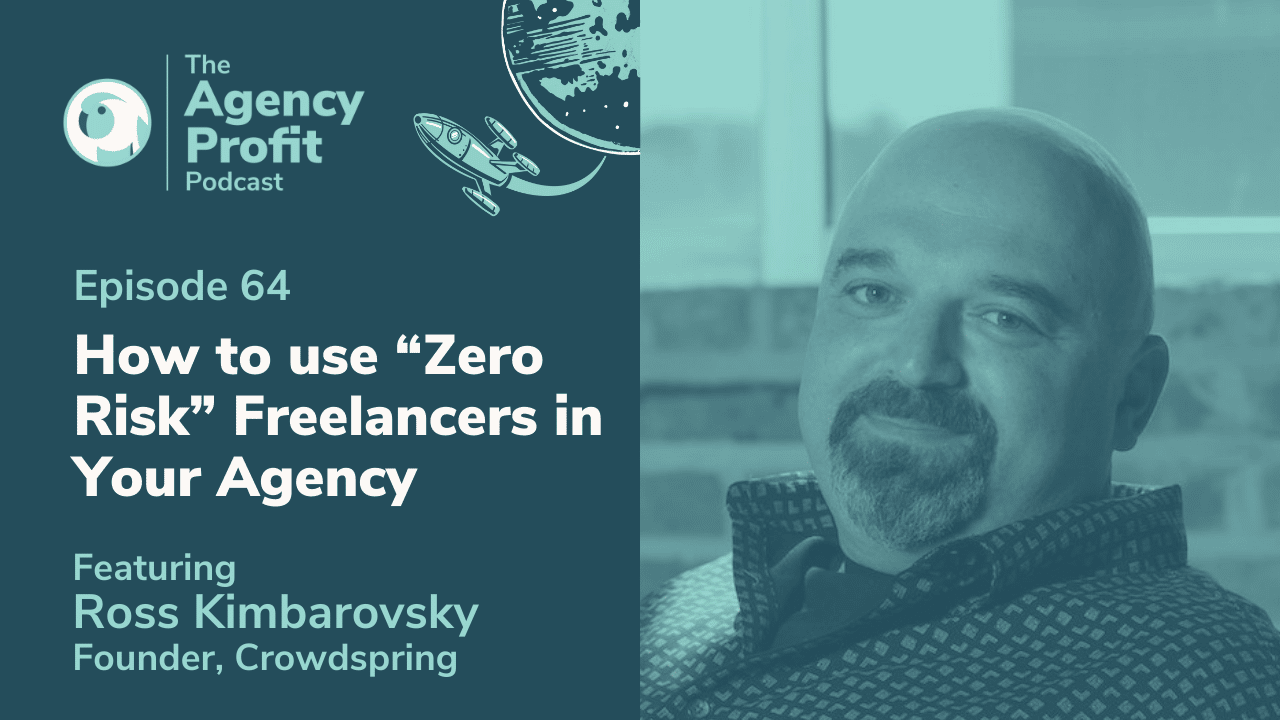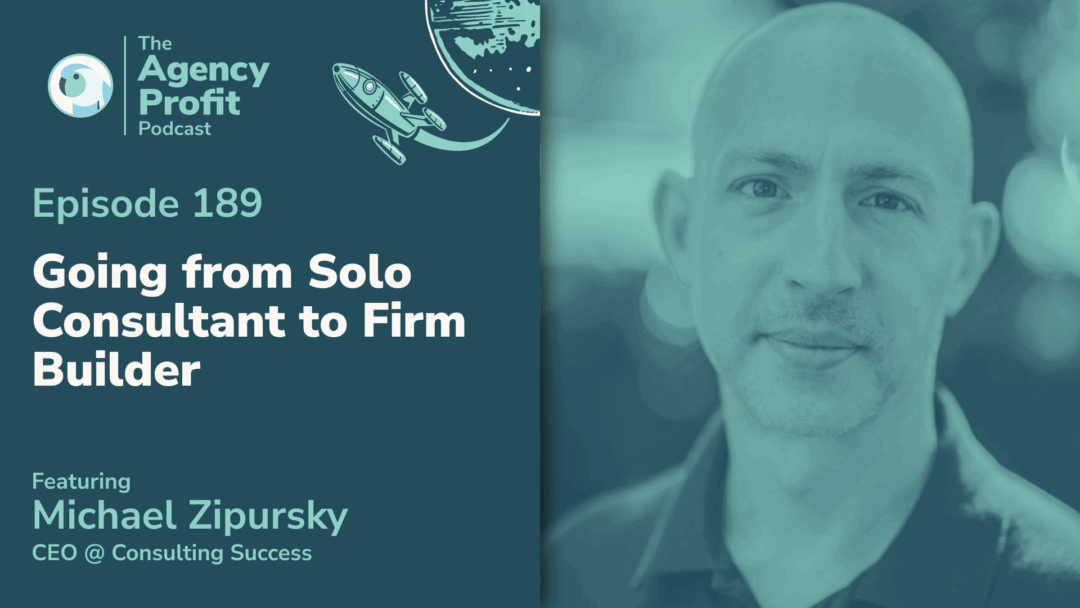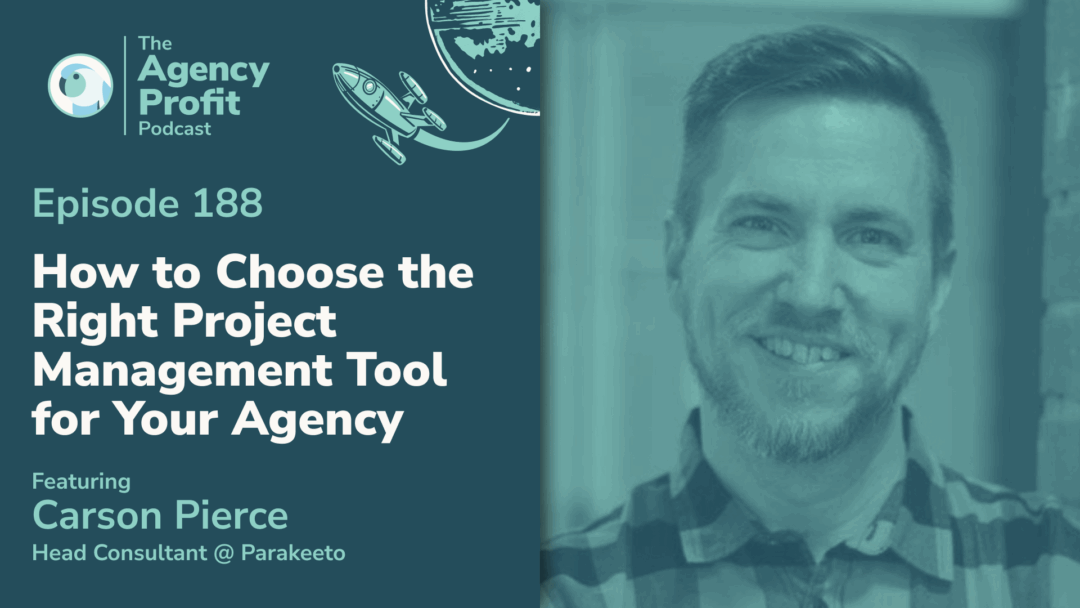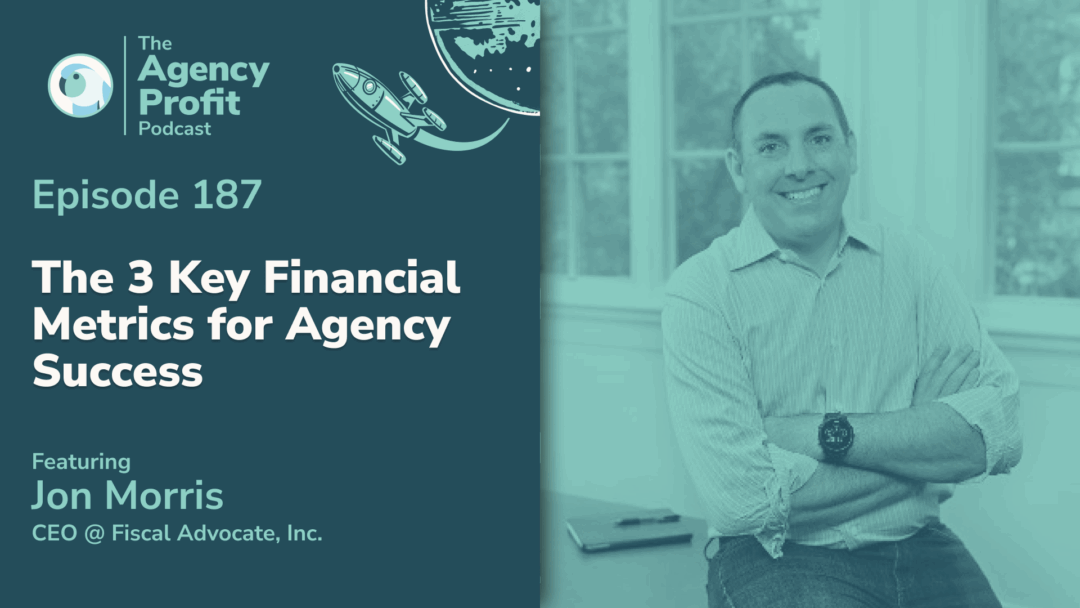Ross Kimbarovsky, from Crowdspring, shares how agencies are leveraging his platform to create an elastic workforce through a curated pool of highly talented Freelancers. This can augment your existing work, or even add new services to your agency offering – without any additional risk or operational complexity. Fact.
About Ross Kimbarovsky…
Ross is the founder and CEO at Crowdspring, which provides creative services for creative projects. The platform has in the region of 220,000+ creatives helping 60,000+ agencies, businesses, startups, and nonprofits. Their specialty? Creative prowess across high-quality custom logos, web and graphic design, product design, and more.
In addition to founding a slew of startups (including a Startup Studio), Ross loves to read (incidentally, he’s co-penned some books himself ) and cycling (clocking up approximately 9,000 miles every year). When he’s not innovating, reading, or astride a saddle, he enjoys tennis, fly fishing, and hiking!
Points of Interest…
- How Crowdspring Differs to Other Freelancer Platforms 1:42
- Common Use Cases for Crowdspring Freelancers 5:20
- Fixed-Cost Deliverable Relationships With Freelancers 12:25
- Innovating Via Ross’s ‘Big Questions’ 17:49
How Crowdspring Differs to Other Freelancer Platforms
The first thing I want to drive home with those listening/reading is how Crowdspring differentiates itself from the likes of UpWork, etc. So, when I posed the plight of many; “What happens when you need a logo designed for a client, but you don’t have the immediate capacity?!”, Ross said he’s got a platform for that…
“We built this process for small businesses and it doesn’t vary for agencies or Fortune 50 companies, or even the Fortune 500 we regularly work with… Under the ‘logo design’ category; we ask some specific questions and – as you answer them – we’re building a creative brief. You can also attach any files and descriptions once you pick your price.”
As for said prices – there is an array of agency packages available, starting at $299. By way of an example, their ‘Elite’ package lets you collaborate with five of Crowdspring‘s best designers before deciding which logo works best for you. And here’s the difference… each of these designers gets paid.
“This is a slightly different model than most crowdsourcing projects. The winner gets the bulk of the money while the remainder gets a portion as well. We post this creative brief and we invite everybody in our community to work on your project. You pick the timeframe – typically seven days – and you can extend it. Within a day or two, you start seeing custom designs to your specification.”
The simplest way to model capacity is often to create a “payroll grid”. This means listing all of your delivery and partial delivery employees, along with their weekly capacity and then multiplying that by the number of weeks in a given period.
Want to set benchmarks for your team and agency around utilization? You’d then add delivery/billable expectations and time off / holidays to that grid and model out your capacity and utilization targets for the team.
Example:

Ross’s award-winning platform provides an iterative feedback process, letting you comment on illustrations and designs, while designers can submit revisions. Once you pick a favorite, your project receives a legal written contract transferring the full rights of your design to you or your client.
Should you require follow-on work, you can either stick with the same designer or choose to collaborate with others. There’s a further option whereby you hire a designer directly for one-on-one work. However, if you’re looking for variety, no other platform provides such an array of high-quality variations for a few hundred bucks.
In short, this is an elastic part of your workforce that you can – essentially – bolt on to your business.
Common Use Cases for Crowdspring Freelancers
In addition to driving down the pitch process and getting more variety for less cost, what are some of the other common use cases on the platform? In Ross’s experience, he’s seen agencies use Crowdspring for cyclical work – you know – when ALL the work floods in at the same time and you need that extra dig out. Sometimes, however, it’s more nuanced than that…
“We’ve seen agencies grab some additional designs to supplement their internal work… Clients often evolve, and sometimes, their style changes. If you’re stuck at a pattern where you have really good designers, but you’re presenting similar styles to clients that are starting to feel like those styles aren’t evolving with their brand, you’re putting yourself at a competitive disadvantage.”
At the end of the day, from an agency’s perspective, there’s zero capital costs involved in supplementing that work. It’s easy because they could pass through this work to the client.
In addition to providing White Label presentation tool services, Crowdspring also caters specifically to agencies that have zero existing design services – such as marketing, advertising, or SEO agencies. True, they offer strategy but how do they present said strategy to ensure optimum engagement? There’s also the small matter of sucky assets with weak branding that often need a complete overhaul.
You could hire a design team – plus all the software licenses, additional office space, and so on – just for that one client with dodgy design assets who wants to launch a campaign ASAP. However, there is always an easier way. This is how smart agencies have been able to scale laterally, by outsourcing services like custom design.
Here, on the Agency Profit Podcast, we love discussing the value of niching down, operationalizing around your core service, and how it seems super counterintuitive. Using platforms such as Crowdspring de-risks testing different service offerings.
Fixed-Cost Deliverable Relationships With Freelancers
Something I find very interesting about this model is the fixed costs deliverables. When you’re doing the work internally, or one-on-one with a freelancer, that’s not possible for various reasons. With Crowdspring, yes, you get the advantages of a fixed cost deliverable without the operational overheads – but the reality is even better…
“We have a hundred percent money-back guarantee on all projects. Now, there are times when you can waive it, but – ultimately, from an agency’s perspective – there is zero risk.”
What happens if you waive it? Well, you may get more input from a wider pool of creative participants. However, if you’re not satisfied with the designs, you could get 100% of your money back, plus fees. At the risk of repeating ourselves; if you’re an agency that wants to experiment with services or supplement what you’re doing, this is a viable option.
Between this money-back guarantee, plus the guarantee of premium designers (the team heavily curates the platform and only periodically opens registration every few years), it’s little wonder why the platform has been such a success.
***Ross discusses the enforcement of intellectual property rules from the 16:15 minute mark***
Innovating Via Ross’s ‘Big Question’
At this point, perhaps you’re wondering how on earth Ross makes any money doing this?! It’s the result of constant innovation across every facet of the platform – through self-disruption and transparency ***the latter of which Ross elaborates on from 18:38 minutes***
So, if you’re thinking of taking a different approach to reviewing your business, how does one disrupt oneself? Start by asking yourself the Big Question: ‘What would a competitor do differently.’
Competing with yourself has been the overriding strategy at Crowdspring for over a decade. Once or twice per year, they ask the broader question: “If you were to build a business to compete with Crowdspring, how would you execute?” This question has made them the market leader when it comes to innovation in their space.
“In 2015, we asked this question. And we said, ‘D’you know what? We’d do pretty much everything differently.’ The result of that conversation was to recoat our entire platform, rebuild every marketing campaign, all of our marketing strategies, all of our marketing copy rebrand. So, we literally changed everything.”
**To get a gauge of just how radically Ross changed the company, scoot to the 20:12 mark**
Don’t just aim to change one thing, rather whip out the whiteboard and go wild with big, often difficult, questions. For example, instead of merely improving your agency’s social strategy, dare to start from scratch. Ask yourself such change-making questions as…
- Who would we employ?
- What would we do?
- Where would we focus our time?
- What kind of clients do we work with?
- What kind of creative assets would we put together?
- Is the content we’re currently producing still relevant or should it be something completely different?
Then, the other important component – of course – is to actually do it right.
Key Takeaway… ‘Zero Risk’ Freelancers are Key to Innovation
In order for you to stay relevant amid a continuously morphing environment, innovation is imperative.
How can you afford to innovate while scaling? By giving yourself the necessary maneuverability to pivot and adapt – without having to change a billion different processes. It’s not possible for any professional services firm to create exponential growth simply by hiring more people.
Luckily, there are thoroughly curated talent resources such as Crowdspring available. Why not give it a whirl?
Want more from Ross? Check out…
- CrowdSpring.com
- LinkedIn @rosskimbarovsky/
- Twitter @rosskimbarovsky
- rosskimbarovsky.com
Did you learn anything new from this episode? Let us know in the comments below! Our next installment of #APP, on July 14th, will see us chat with Jason DiSanto. Our previous blog with Michelle Sieler Tucker is here…
Agency Profitability Tool Kit
If you’re looking for more resources to help you improve your agency’s profitability, check out the Agency Profitability Tool Kit. It’s full of templates and checklists we use when consulting clients, helping them improve profitability by over 100% – in under 60 days.








0 Comments